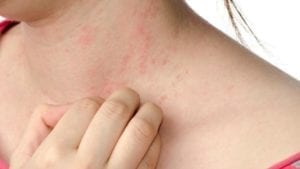Dystrophic Epidermolysis Bullosa (DEB)
What is dystrophic epidermolysis bullosa?
Dystrophic epidermolysis bullosa (DEB) falls under the larger category of epidermolysis bullosa. These conditions cause the skin to be very fragile and blister easily. DEB itself is separated into multiple forms, defined by the inheritance and severity of symptoms. These types are recessive dystrophic epidermolysis bullosa severe generalized (RDEB-sev gen), RDEB generalized and localized (RDEB-gen and -loc), and dominant DEB (DDEB).
What are the symptoms of dystrophic epidermolysis bullosa?
Symptoms differ based on which specific form of DEB one has. For example, those with RDEB-sev gen live with the most severe form and are born with areas of blistered and missing skin. Blisters can form over the entire body, including in mucous membranes, and they often leave scarring behind. This scarring, if present in the mouth and esophagus, can lead to feeding difficulties and slow growth. Additional symptoms include eye inflammation, contractures, the fusion of skin between the fingers and toes, and the loss of fingernails and toenails. These affected individuals also live at a higher risk of squamous cell carcinoma.
RDEB-gen and -loc is less severe and is defined by the area of the body that is impacted. In milder cases, blistering covers the knees, hands, feet, and elbows, but it spreads in more severe cases. Scarring and malformed fingernails are the other symptoms.
Lastly, DDEB is the mildest form and sees blistering on the hands, knees, elbows, and feet. Scarring occurs but is not as severe, and malformed or missing fingernails or toenails is another symptom.
What causes dystrophic epidermolysis bullosa?
All types of DEB are caused by a mutated COL7A1 gene, but they are inherited in different ways. This gene is responsible for some of the subunits of type VII collagen, which is necessary for connective tissue to have the proper structure and strength. Type VII collagen is especially important to the skin. When the gene that produces it is mutated, there is reduced or no production of this collagen, leading to the characteristic symptoms.
RDEB-sev gen and RDEB-gen and -loc are inherited in an autosomal recessive pattern, whereas DDEB is passed down in an autosomal dominant pattern.
How is dystrophic epidermolysis bullosa diagnosed?
Doctors often suspect DEB upon noticing the appearance of the skin. They will confirm this diagnosis through a skin biopsy for immunofluorescent mapping, genetic testing, or prenatal testing if possible.
What are the treatments for dystrophic epidermolysis bullosa?
There is currently no cure for this condition; treatment is supportive and symptomatic.
Where can I find out more about dystrophic epidermolysis bullosa?
Dystrophic Epidermolysis Bullosa Articles
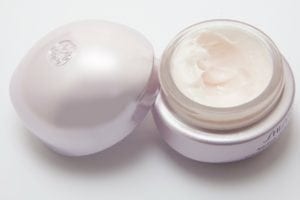
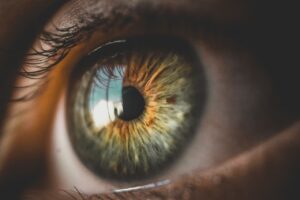
A Novel Formulation of Vyjuvek Helped One Teen with DEB Reclaim His Eyesight
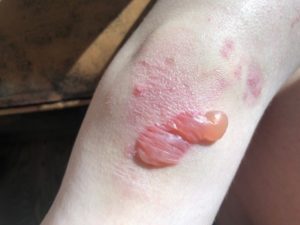
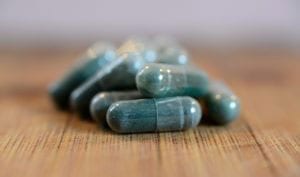

This Really is a BIG BANG for Dystrophic Epidermolysis Bullosa


Dystrophic Epidermolysis Bullosa Treatment Receives Fast Track Designation
